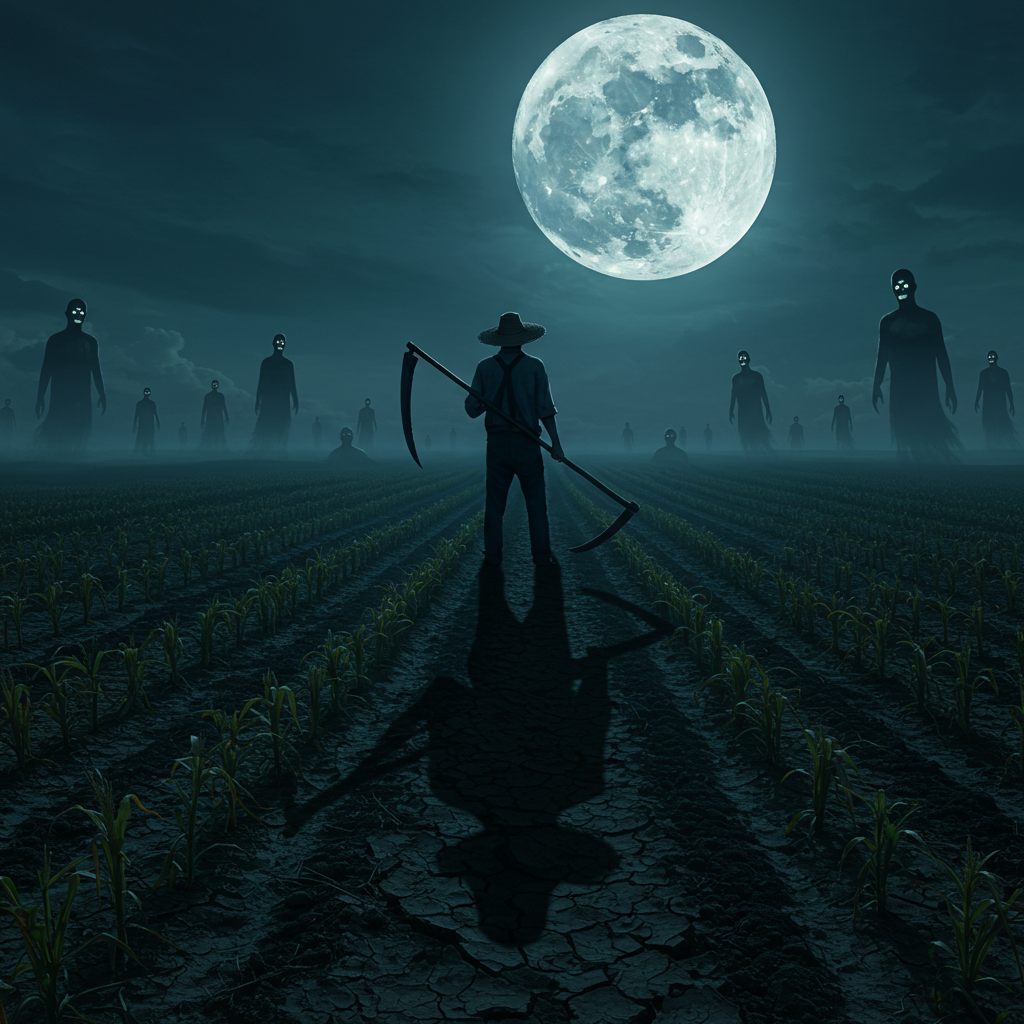According to traditional Chinese agricultural beliefs, a farmer could predict the success or failure of the upcoming harvest by observing their shadow under the light of a full moon. This ritual typically occurred at midnight during select full moons in the agricultural calendar. The farmer would stand in the center of a primary field facing south, allowing the moonlight behind them to cast a shadow on the soil. A sharp, well-defined, and proportionate shadow signaled an abundant harvest, while a blurry, misshapen, or faint shadow was seen as an omen of poor yields or natural adversity. The shadow’s characteristics were believed to reflect harmony—or disharmony—between the heavens and the earth, as mediated through the farmer’s relationship with the land.

A baby’s future career or fate is predicted by the first object they select during a ceremonial setup.
In several Asian and Eastern European cultures, a traditional ceremony is held for babies usually around their first birthday. Known


